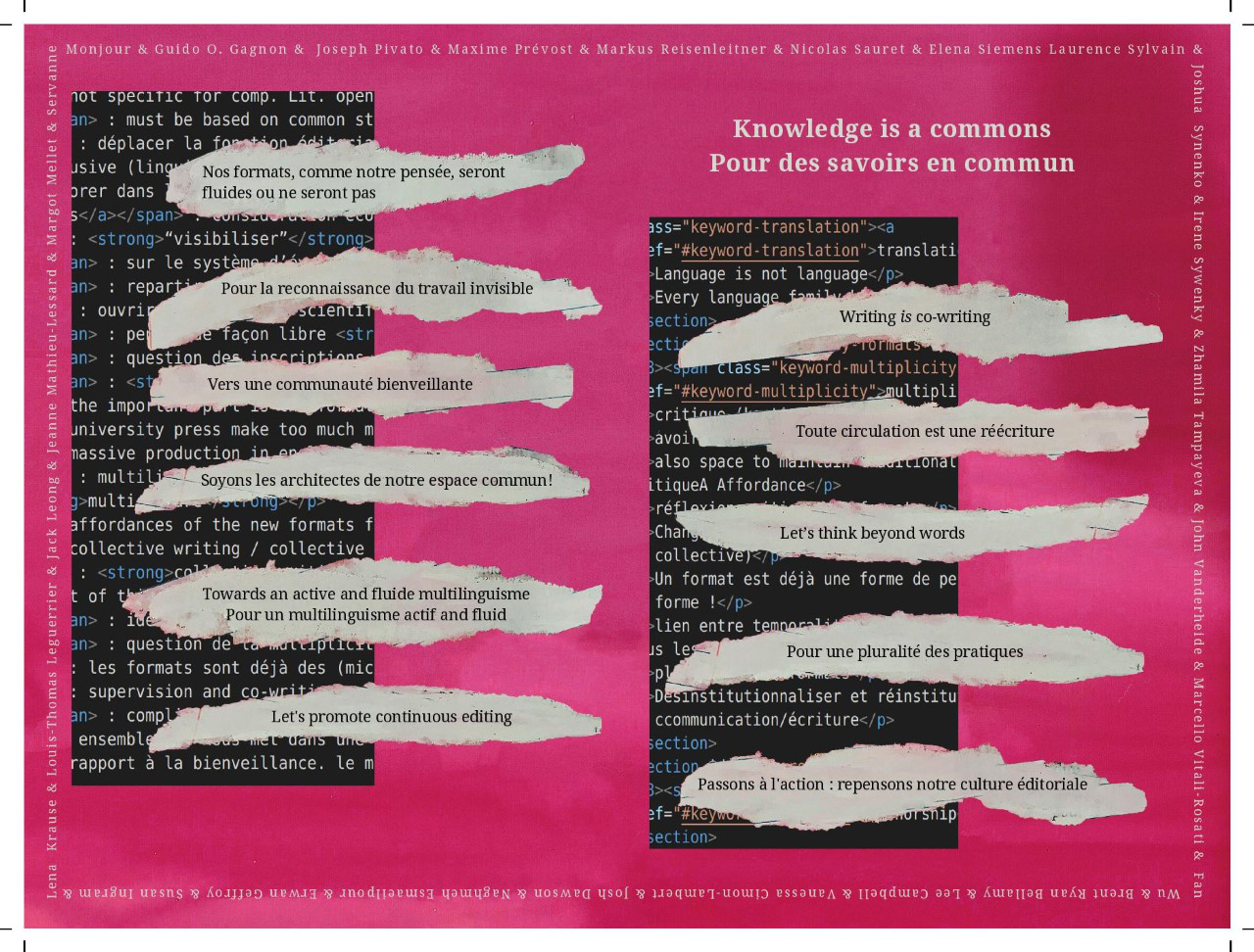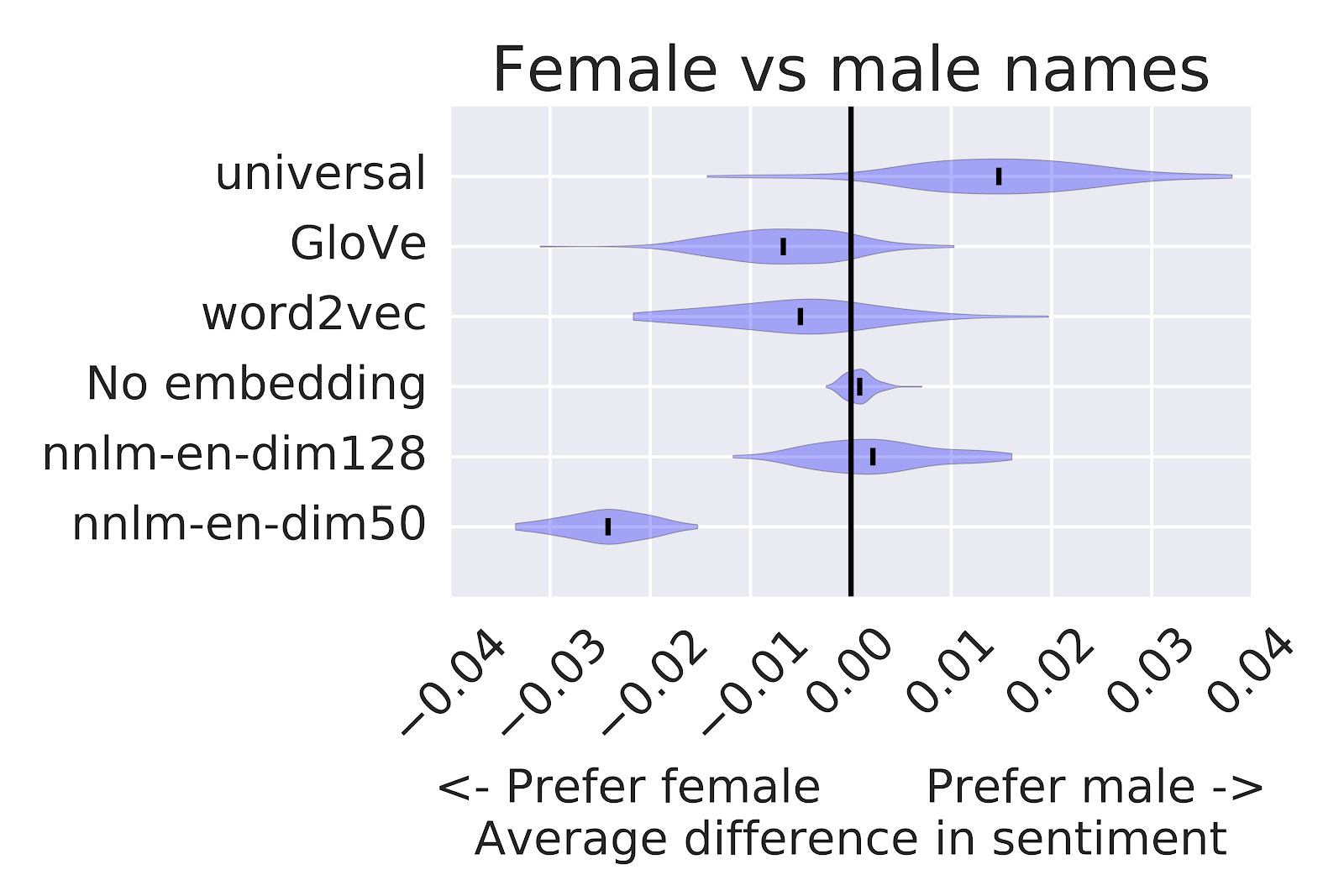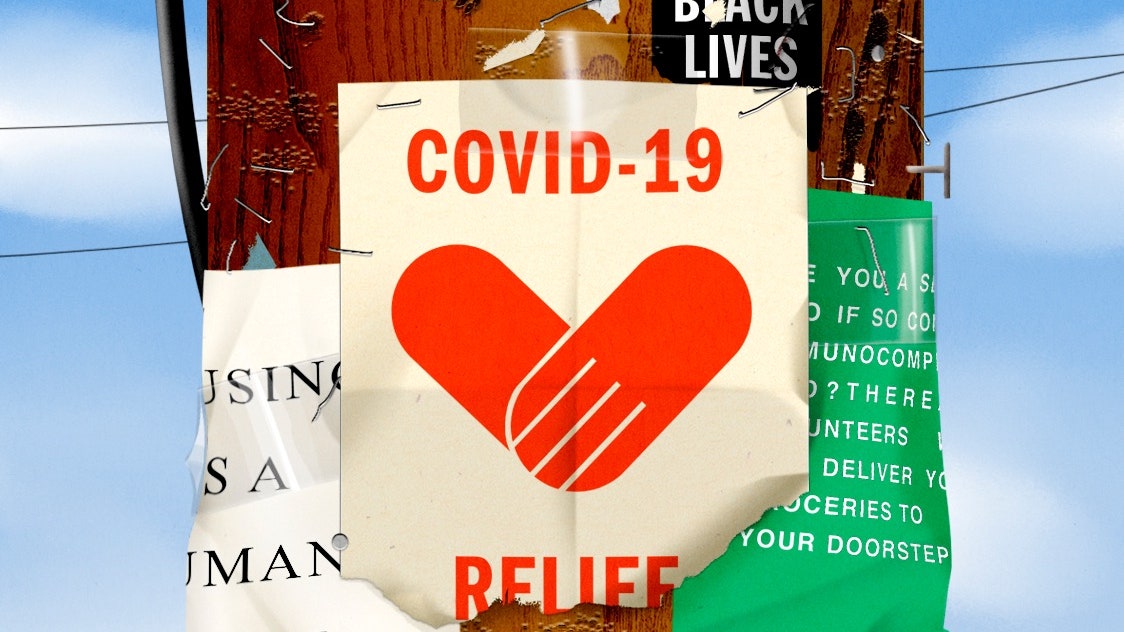You’ve seen movies where programmers pound out torrents of code? That is nothing like reality. Most of the time, coders don’t type at all; they sit and stare morosely at the screen, running their hands through their hair, trying to spot what they’ve done wrong. It can take hours, days, or even weeks. But once the bug is fixed and the program starts working again, the burst of pleasure has a narcotic effect.
Stéfan pointed me to a nice opinion piece about programming education in the Globe titled, Opinion: What coding really teaches children. Clive Thompson that teaching programming in elementary school will not necessarily teach math but it can teach kids about the digital world and teach them the persistence it takes to get complex things working. He also worries, as I do, about asking elementary teachers to learn enough coding to be able to teach it. This could be a recipe for alienating a lot of students who are taught by teachers who haven’t learned.





